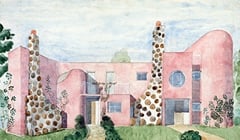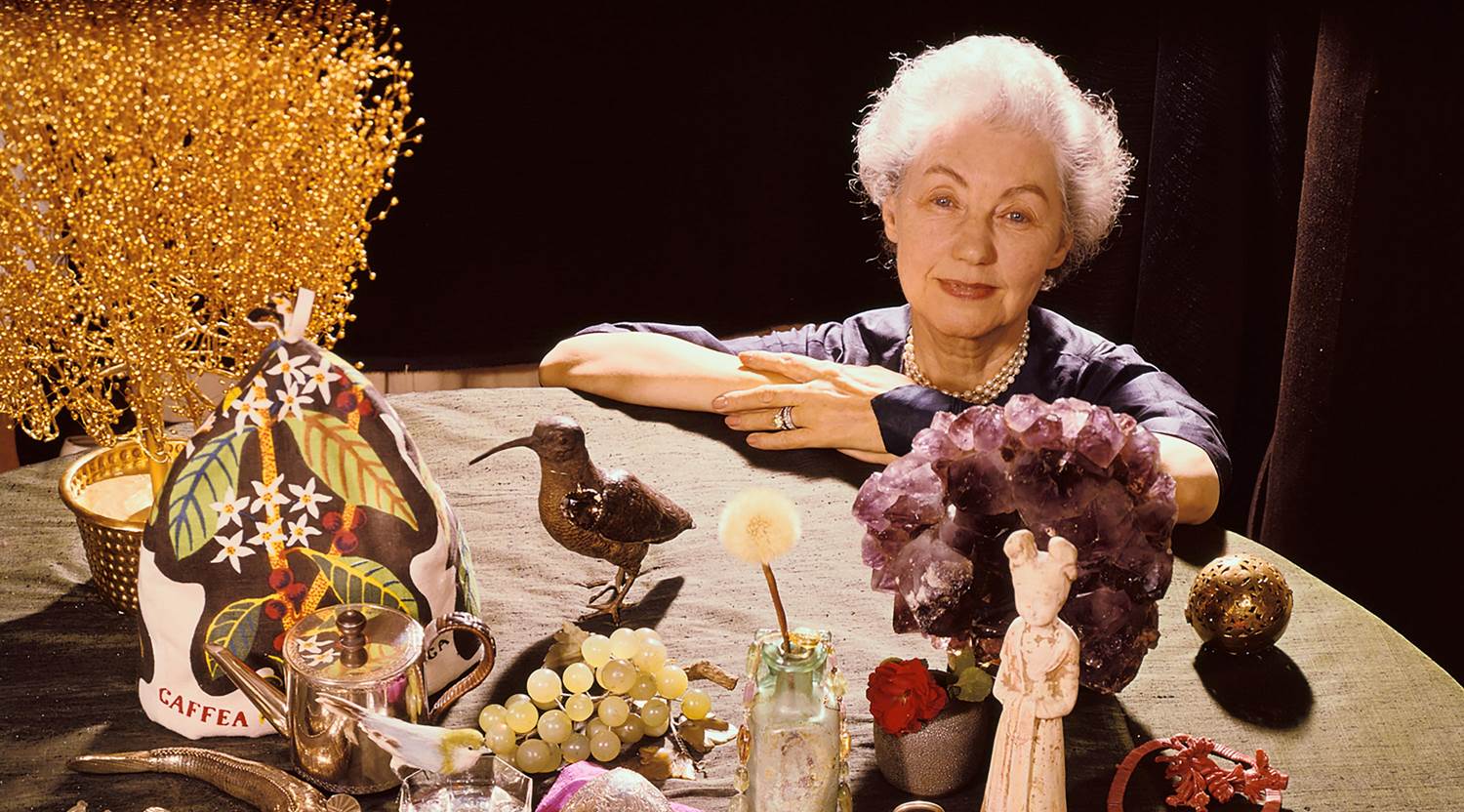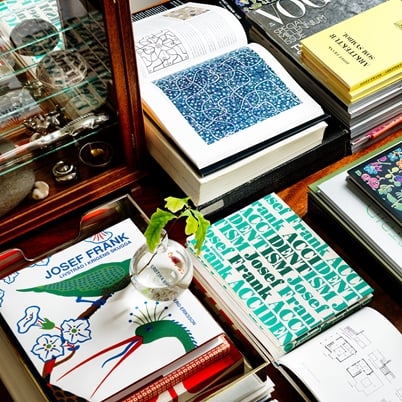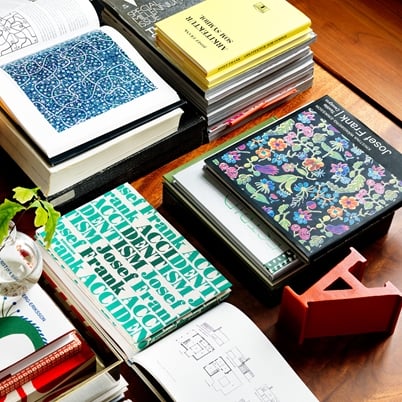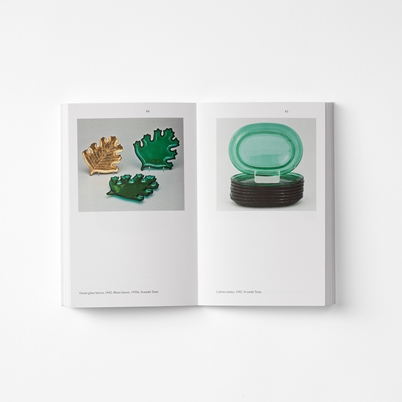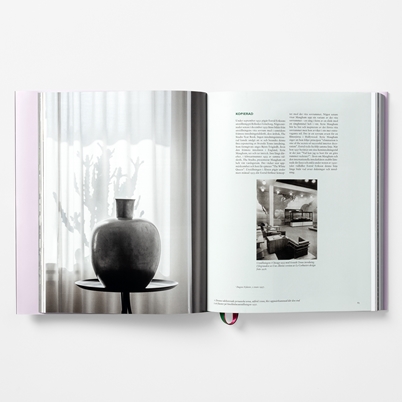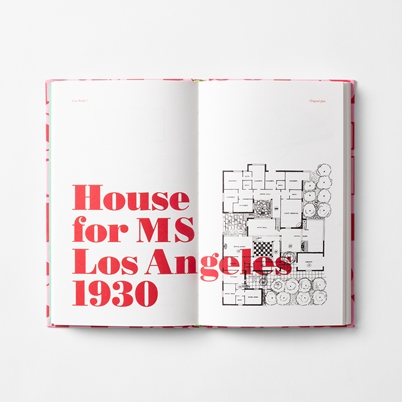Together with the established pewter artist Nils Fougstedt, Estrid Ericson wants to offer modern pewter objects at reasonable prices. They produce these themselves in the little workshop behind the store. Pewter has quickly become one of the most exciting materials of the era, competing more with the new glass and ceramics of the time than with metals such as silver and silver plating. Svenskt Tenn quickly gains recognition as an established brand of quality, and establishes a name for itself. In 1925, it receives a gold medal at the World Exhibition in Paris.
- Gifts
- Josef Frank
- Textiles
-
Table setting
Back See all within Table setting
- Cutlery
- Trays
- Tablecloths & Runners
- Table setting details
- Glasses & Cups
- Jugs & Carafes
- Napkins & Napkin Holders
- Plates & Bowls
- Placemats, Trivets & Coasters
- Serving plates & Platters
- Drink Accessories
- Accessories
- Wallpaper
- Lighting
- Pewter
- Furniture
- Fashion
- Contact
- Services
- Inspiration
- Magazine
- Exhibitions
- About Svenskt Tenn
-
Country












